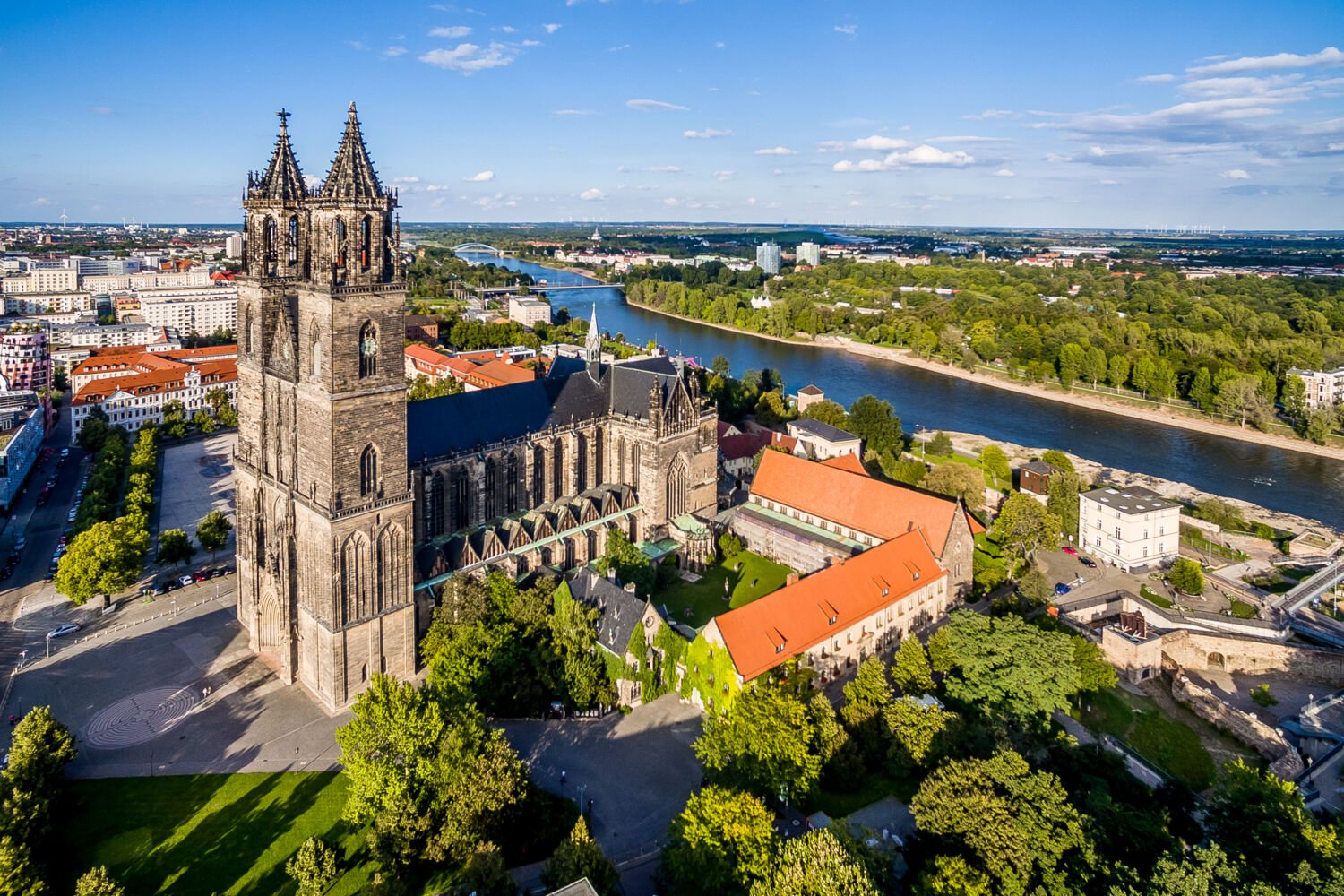21 December, 2024
0 Comments
1 category
Magdeburg, the capital city of the German state of Saxony-Anhalt, is one of the oldest cities in Germany. Its rich history, impressive architecture, and cultural significance make it a fascinating destination. Here’s a detailed overview of Magdeburg:
Historical Background:
- Founding and Early History:
- It was first mentioned in 805 as “Magadoburg,” meaning “mighty fortress.”
- It gained prominence as a central trading hub in the Middle Ages, due to its location on the Elbe River.
- Otto the Great’s Influence:
- In 962, Emperor Otto I (Otto the Great) established Magdeburg as a center of Christianity, founding the Archdiocese of Magdeburg.
- Otto was buried in Cathedral, solidifying its role as a spiritual and political center.
- Destruction and Resilience:
- The city faced numerous devastations, including:
- The Thirty Years’ War (1618–1648), particularly the 1631 Sack of Magdeburg, which left much of the city in ruins.
- Heavy bombing during World War II, resulting in widespread destruction.
- It’s resilience is evident in its reconstruction and modernization efforts post-war.
- The city faced numerous devastations, including:

Architectural Landmarks:
- Magdeburg Cathedral (Dom zu Magdeburg):
- Germany’s first Gothic cathedral and the burial site of Otto the Great.
- Known for its stunning twin spires, impressive sculptures, and historical artifacts.
- The Green Citadel of Magdeburg (Grüne Zitadelle):
- Designed by Austrian artist Friedensreich Hundertwasser.
- A vibrant, modern architectural marvel that contrasts the city’s historical buildings.
- Monastery of Our Lady (Kloster Unser Lieben Frauen):
- A Romanesque masterpiece that now serves as a cultural hub and art museum.
- Magdeburg Water Bridge (Wasserstraßenkreuz):
- The world’s longest navigable aqueduct, connecting the Elbe-Havel and Mittelland Canals.
Cultural Highlights:
- Museums:
- Cultural History Museum: Home to the famous Rider, a 13th-century equestrian statue.
- Museum of Natural History: Focuses on regional flora, fauna, and geology.
- Festivals and Events:
- Magdeburg Telemann Festival: Celebrates the life and works of Baroque composer Georg Philipp Telemann.
- Elbauenpark Events: Hosts concerts, theater performances, and seasonal markets.
- Elbauenpark:
- A large park featuring a millennium tower, a butterfly house, and adventure trails.
Modern Developments:
- Educational Hub:
- Home to Otto von Guericke University, named after the famous scientist and inventor Otto von Guericke, who was a Magdeburg native.
- Infrastructure:
- It has become a thriving urban center with efficient public transportation, shopping centers, and modern residential areas.
Natural Beauty:
- The Elbe River flows through the city, offering scenic walks and boat tours.
- Numerous parks and green spaces, like the Herrenkrug Park, enhance the city’s charm.
Category: Uncategorized



